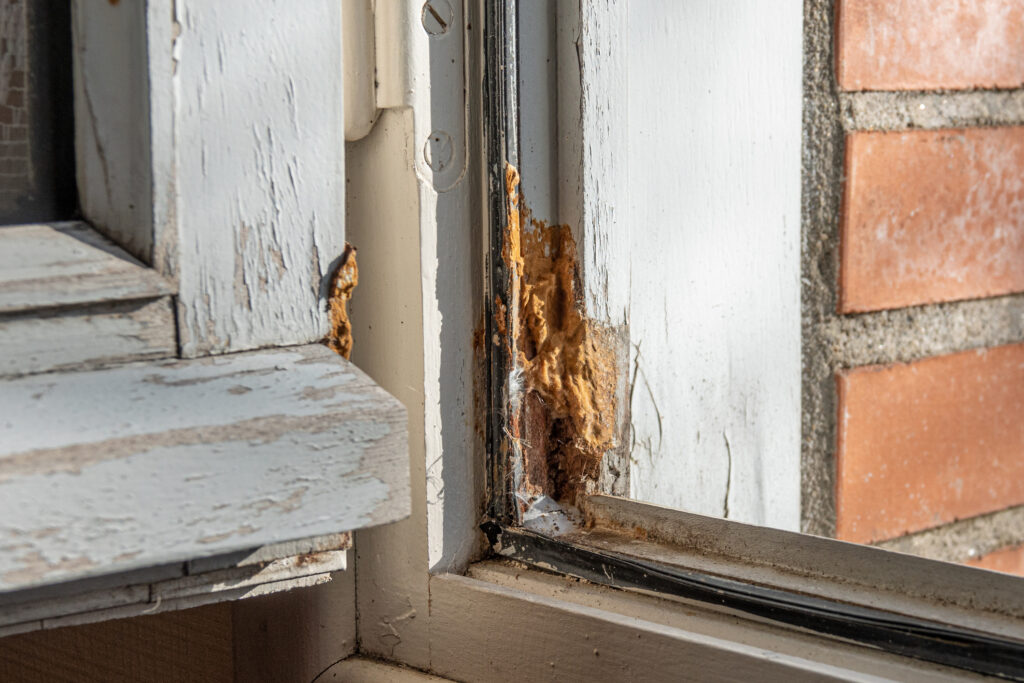
Wood-Destroying Fungi: Guide For Homeowners
What is Wood-Destroying Fungi
Wood-destroying fungi are organisms that digest moist wood, causing significant structural damage to homes in Tennessee. Unlike termites or carpenter ants, these fungi break down wood through different decay processes that can compromise the integrity of wooden structures.Wood-destroying fungi manifest differently depending on the type. Brown rot causes wood to shrink and develop a brown discoloration, eventually cracking into cubical pieces as the fungus consumes the hemicellulose and cellulose. White rot breaks down lignin, leaving behind lighter-colored cellulose and transforming wood into a moist, soft, and spongy material with a white or yellow appearance.

Where to Look for Wood-Destroying Fungi in Your Home
Wood-destroying fungi thrive in moist environments, particularly in areas with water leaks or poor ventilation. Check wooden structures in basements, crawl spaces, around plumbing fixtures, and exterior wood that contacts soil.- Brown Rot: Brown discoloration, cubical cracking pattern, shrinking of wood
- White Rot: White or yellow coloration, soft and spongy texture, attacks both dead and living trees
- Dry Rot: Despite the name, this is actually brown rot that has dried out after initial moisture exposure
- Texture Changes: Wood becomes structurally compromised, with visible deterioration

When to Call Professional Help
Professional intervention is necessary when you notice any discoloration, softening, or cubical cracking of wood in your home. If trees on your property show signs of decay, especially white or yellow discoloration and spongy texture, immediate action is required. The presence of wood-destroying fungi indicates moisture problems that need addressing to prevent further damage and potential pest infestations.

